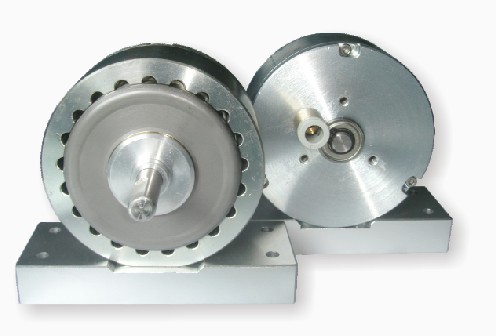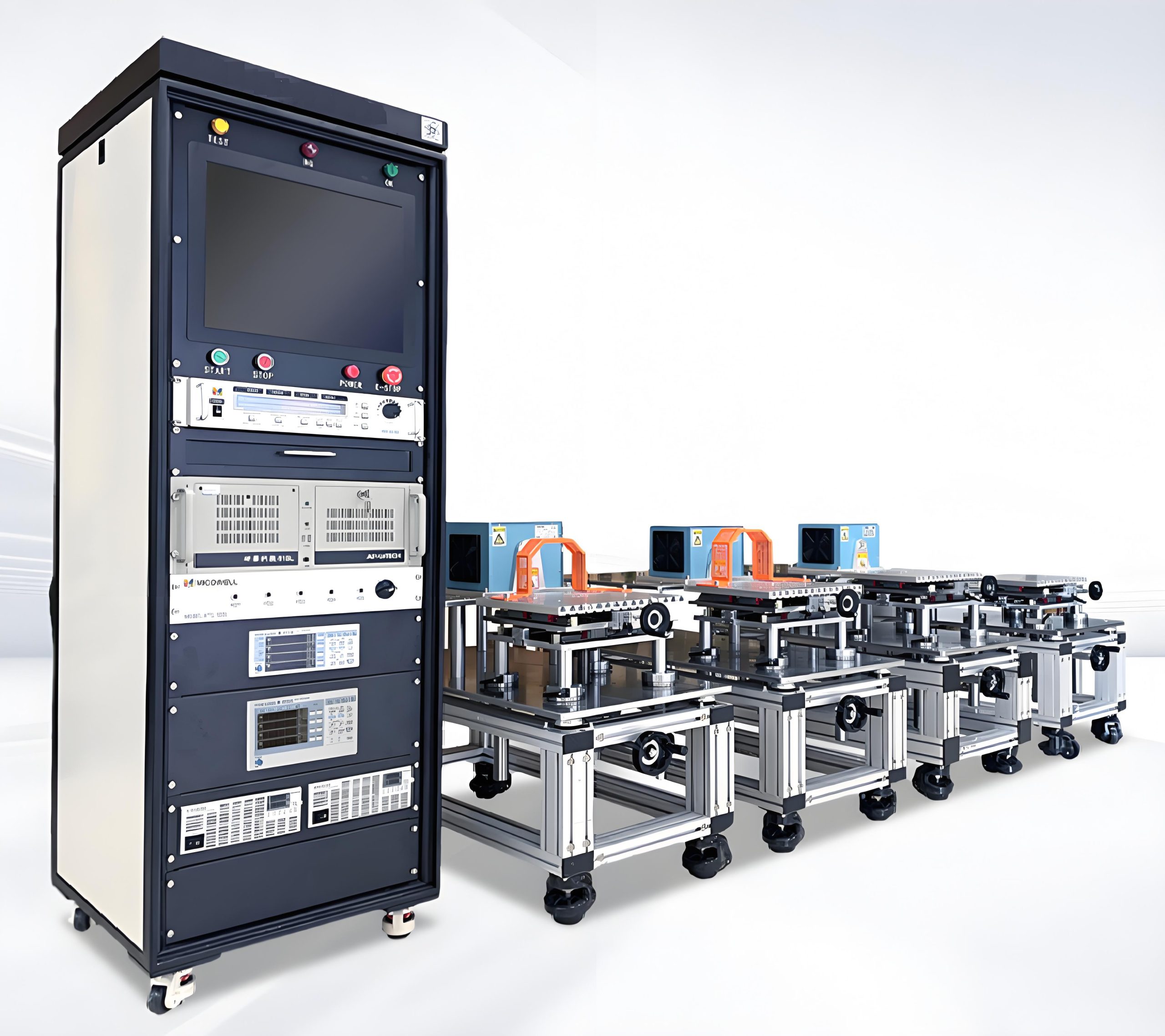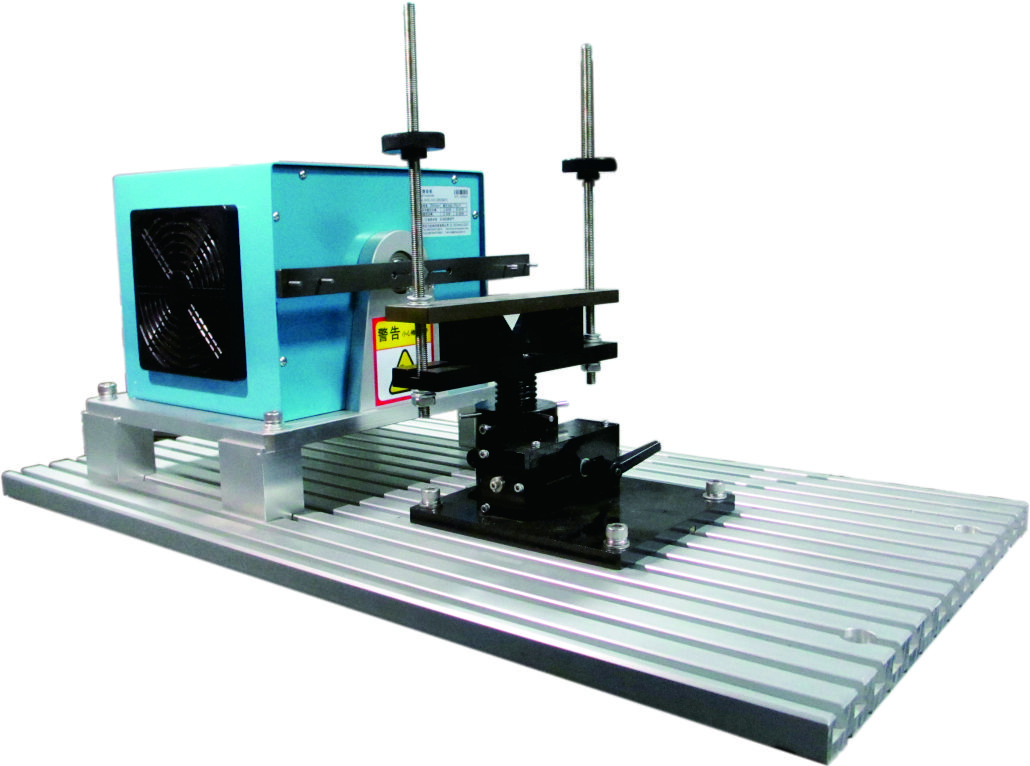The rhythmic thump-thump-thump has been the heartbeat of manufacturing for over a century. Hydraulic presses, mechanical presses – these industrial titans forged the modern world, stamping out car parts, appliance panels, and countless components that make up our daily lives. But walk onto a cutting-edge factory floor today, and you might notice something different. That familiar, jarring thump is giving way to something quieter, smoother, and infinitely more precise. Welcome to the era of the Servo Press. This isn't just an upgrade; it's a paradigm shift, fundamentally altering how manufacturers approach forming, stamping, and assembly with unprecedented control, efficiency, and flexibility. Forget the brute force of yesterday; intelligent power is taking center stage.
So, what exactly *is* a Servo Press, and why is it causing such a stir? At its core, the secret sauce lies in replacing the traditional fixed-speed motor (driven by a flywheel or hydraulics) with a sophisticated, high-torque servo motor directly connected to the ram. Think of it like swapping out a sledgehammer for a master sculptor's chisel, guided by a digital brain. This servo motor is controlled by a powerful computer system that precisely dictates *every* aspect of the ram's movement: its speed, position, acceleration, deceleration, and dwell time (the pause at the bottom of the stroke). This level of programmability unlocks capabilities that were previously impossible or highly inefficient.
Imagine the Limitations of the Old Guard:
1. One-Size-Fits-None Speed: Mechanical presses run at a constant speed dictated by the flywheel and motor. Need to slow down for a complex draw? Tough luck. Going faster risks tearing the material. Hydraulics offer variable speed but often lack the precision and responsiveness, and they are notorious energy hogs with potential fluid leaks and maintenance headaches.
2. The Dwell Dilemma: Achieving a consistent dwell – crucial for processes like plastic flow in deep drawing or ensuring complete curing in in-die operations – was tricky and inconsistent with traditional presses.
3. The Shock Factor: That jarring impact at the bottom of the stroke isn't just loud; it transmits significant shock and vibration throughout the machine and the factory floor. This accelerates wear and tear on the press itself, the dies, and surrounding equipment, leading to more downtime and maintenance costs. It's also tough on sensitive components or delicate materials.
4. Energy Inefficiency: Mechanical presses consume significant energy just spinning the massive flywheel, even when idle. Hydraulic systems waste energy generating heat through throttling valves and continuous pump operation. Peak power demands can be punishing on electrical infrastructure.
5. Inflexibility Reigns: Changing jobs often meant lengthy setup times, mechanical adjustments, and compromises on process parameters. Adapting to new, more complex parts was cumbersome and expensive.
Enter the Servo Press: Precision Engineered Control
The servo press dismantles these limitations piece by piece:
1. Unparalleled Motion Control: This is the crown jewel. The programmable stroke means the ram doesn't just move up and down; it dances. Need to approach the material slowly and gently? Program it. Require a rapid acceleration through the forming zone for efficiency? Set it. Need a perfectly controlled, ultra-slow speed for an intricate coining operation? Done. Critical need for a precise, consistent dwell time measured in milliseconds? Absolutely achievable and repeatable. This flexibility allows engineers to perfectly tailor the press motion to the *exact* requirements of the material and the forming process, optimizing for quality, tool life, and cycle time.
2. Silence is Golden (and Efficient): The elimination of the crashing impact translates to a dramatically quieter operation. This isn't just about operator comfort (though that's significant); it drastically reduces the shock loads transmitted through the machine frame and dies. The result? Extended die life – sometimes by factors of 2x or 3x – less structural stress on the press itself, and a calmer, less vibration-prone factory environment. Reduced vibration also means higher precision for automated feeding and part handling systems integrated with the press.
3. Energy Sipping, Not Guzzling: Servo drives are masters of efficiency. They consume power primarily during the actual working stroke, ram acceleration, and deceleration. During dwell or when the ram is stationary at the top or bottom, energy consumption drops dramatically. Unlike hydraulic systems constantly pumping fluid or mechanical flywinds spinning relentlessly, the servo press only uses significant energy when it's actively moving the ram to perform work. This translates to substantial energy savings – often 30% to 60% compared to traditional presses – reducing operational costs and a smaller environmental footprint. Peak power demands are also smoothed out.


4. Peak Power Where and When it Matters: Servo motors deliver exceptional torque at low speeds. hysteresis brakes can generate the same, or often greater, pressing force as a larger traditional press within a more compact footprint. More importantly, that force can be delivered consistently throughout the stroke, not just at the bottom dead center. This enables forming operations that were previously impossible on standard presses of comparable tonnage.
5. Flexibility and Smart Functionality: Changing jobs is revolutionized. Instead of mechanical adjustments, operators simply load a new program. Different materials, different part geometries, different forming requirements? Adjust the stroke profile with software. This drastically reduces setup times and makes small batch production and rapid prototyping economically viable. Furthermore, the integrated control system enables smart features like:
* Tonnage Monitoring: Real-time measurement of actual force applied throughout the stroke, enabling immediate detection of overloads, underloads (indicative of missing material or broken tooling), and process drift for predictive maintenance and 100% quality assurance.
* Positional Accuracy: Unprecedented repeatability ensures every part is stamped identically, critical for high-precision applications.
* Adaptive Control (Advanced): Some systems can dynamically adjust parameters based on sensor feedback during the process itself.
Where Servo Presses Truly Shine: Real-World Impact Across Industries
This isn't theoretical. The tangible benefits are transforming production lines:
* Automotive Tier 1 \u0026 2 Suppliers: Deep drawing complex, high-strength steel or aluminum body panels without wrinkles or splits requires exquisite control of material flow. Servo presses manage the speed profile perfectly. Stamping intricate safety-critical components (brackets, seat frames) demands absolute consistency – servo presses deliver. Reduced noise and vibration improve the working environment. Energy savings on high-utilization presses are massive.
* Electronics \u0026 Micro-Stamping: Stamping tiny, delicate connectors, shielding cans, or lead frames for semiconductors requires micron-level precision and minimal impact force. Servo presses are the only viable solution, preventing part distortion and extending the life of incredibly expensive micro-dies. Their cleanliness (no hydraulic oil) is also crucial in sensitive environments.
* Aerospace \u0026 Defense: Forming complex, high-strength, or exotic materials (titanium, composites) for critical components demands the utmost precision and control to avoid defects and ensure structural integrity. Servo presses provide the necessary finesse and monitoring capabilities.
* Appliance Manufacturing: Producing consistent, high-quality panels, housings, and internal components efficiently and with excellent surface finish is paramount. Servo presses offer the speed control for optimal forming and the consistency for high-volume quality.
* Medical Device Manufacturing: From intricate surgical tool components to implantable device housings, precision and biocompatible material handling are non-negotiable. Servo presses provide the gentle touch and sterile operation mode capabilities needed.
* General Metal Fabrication: Even job shops benefit. The flexibility to handle vastly different jobs with quick changeovers, the ability to form challenging materials, reduced setup time, and lower energy costs make servo presses increasingly attractive for smaller batch, high-mix environments.
Beyond the Machine: The Ripple Effect of Servo Technology
The impact of servo presses extends far beyond the press brake itself:

1. Die Design Revolution: Freed from the constraints of constant speed and high impact, die designers can innovate. More complex forms, more aggressive draws, and combined operations (like forming and piercing in a single stroke) become feasible. Progressive dies can be designed with greater complexity and reliability.
2. Process Innovation: Techniques like \"pulsating\" the ram during dwell to aid material flow in deep drawing, or ultra-precise coining for perfect surface finishes, are enabled by the programmable motion. In-die tapping, riveting, and even limited assembly become more viable within the press cycle.
3. Integration with Automation: The precise, predictable motion profile and electronic control make servo presses ideal partners for robotic part handling, vision inspection systems, and integrated production lines. The reduced vibration also means automation components last longer and operate more reliably.
4. Data-Driven Manufacturing: The wealth of data generated by the servo press controller (tonnage curves, position feedback, energy consumption, cycle times) provides invaluable insights for process optimization, predictive maintenance, quality traceability, and overall equipment effectiveness (OEE) tracking.
5. Sustainability Champion: The dramatic reduction in energy consumption is a major green win. Reduced noise pollution improves the shop floor environment. Longer tooling life means less material waste associated with die manufacturing and replacement.

Making the Switch: Considerations and the Path Forward
Adopting servo press technology is a significant investment, but one with a demonstrably strong ROI. Here's what potential adopters should consider:
* Application Fit: Not every job *requires* servo precision. Evaluate your key products and processes – complex forming, delicate materials, high precision needs, and energy-intensive operations offer the strongest case.
* Initial Investment vs. Total Cost of Ownership (TCO): While the upfront cost is higher than a comparable traditional press, factor in the savings: Energy (30-60%), Tooling (longer die life, less breakage), Maintenance (less wear on the press structure, no hydraulic systems), Scrap Reduction (improved quality consistency), and Increased Flexibility (faster changeovers, ability to take on more complex work). The TCO over 5-10 years often tells a compelling story.
* Expertise: Leveraging the full potential requires understanding how to program and optimize stroke profiles. Training for operators and process engineers is key. Partnering with a knowledgeable supplier for application engineering support is highly recommended.
* Supplier Selection: Look for manufacturers with proven experience, robust control systems, reliable servo drive technology, strong service networks, and deep application knowledge. Testimonials and case studies in your specific industry are invaluable.
The Future is Programmable: Embracing the New Standard
The servo press is no longer a niche technology; it's rapidly becoming the new benchmark for precision metal forming. It represents a move away from brute force towards intelligent, adaptable, and efficient manufacturing. The combination of unprecedented control, significant operational savings, enhanced quality, and innovative potential is simply too powerful to ignore.
For manufacturers looking to stay competitive, improve margins, enhance quality, reduce their environmental impact, and unlock new capabilities, the question isn't \"Can we afford a servo press?\" The strategic question has become, \"Can we afford *not* to explore what servo technology can do for us?\"
It’s more than just a press. It’s the precision instrument shaping the future of manufacturing, one perfectly controlled stroke at a time. 🏭⚙️🔋 The revolution isn't coming; it's already humming quietly and powerfully on the most advanced factory floors. Isn't it time your operation joined the movement?
